Wax carving advent calendars?Wax carving advent calendars?
Get started with wax wire
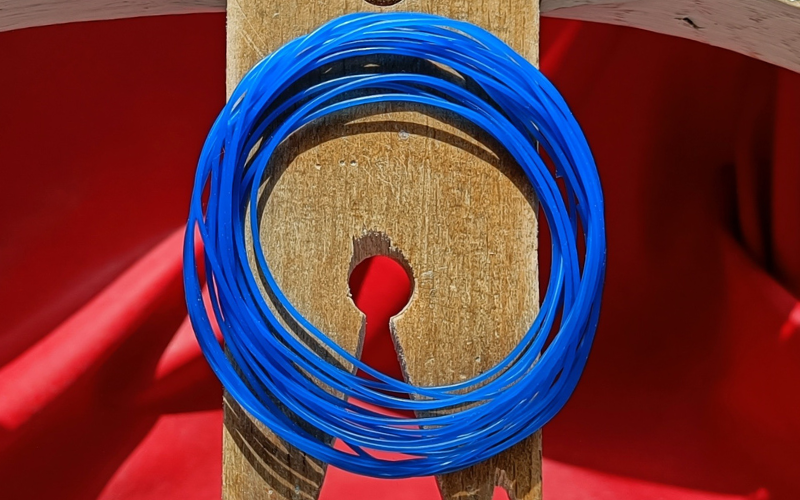
Breaking point
You’re going to break wax wire. When you accept this from the beginning it becomes a lot more fun to work with it! The best thing you can do at the start is break some wire on purpose. Take one length of wire and pull on it until it breaks.
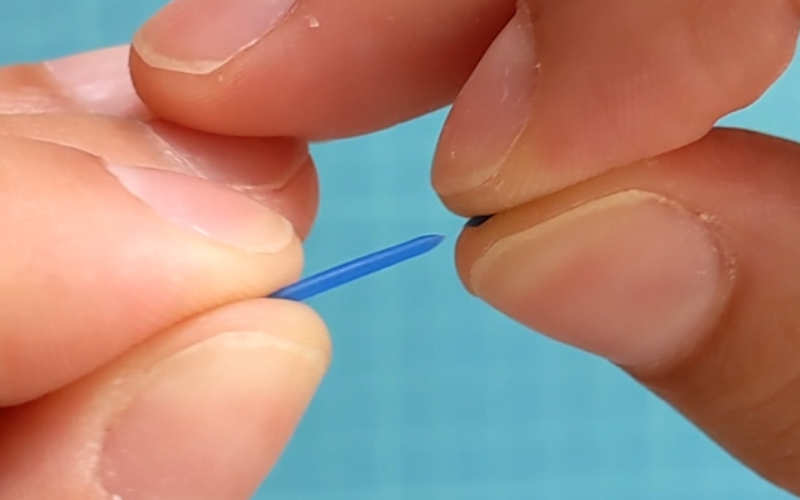
Pay very close attention to how the wire feels in your hands. Keep pulling and breaking the wire. You’ll start to feel the difference between wire that's perfect and has all its tension, wire that’s starting to lose its tension, and wire that’s about to break. When you can feel the difference between wire that has all its internal tension and wire that’s starting to lose it, you know when to stop shaping your wire! And knowing when to stop shaping your wire is step one to breaking it less!
When you have a good feel for what the tension of wire should be, experiment some more. Does wire break faster when you have your hands close together or far apart? When you feel the tension go and you stop, does it regain its strength after a while and you can work it again? How long can you work next to a weakened part of wire without breaking it? And of course, different wire thicknesses have different breaking points!
Stay close
You want to have your fingers as close to the part of wire you’re shaping as possible. By having your fingers close you prevent overworking wire, which is a big reason for it breaking! Work on a small part of wire close to your fingers, and when you’re done with it move on to the next part, and the next part, and the next part, until your piece is done.
The easiest example is twisting wire. If you twist wire from end to end, as you would in metal, you're guaranteed to break it with wax. The wire close to your fingers gets twisted so much that it gets thin and breaks.
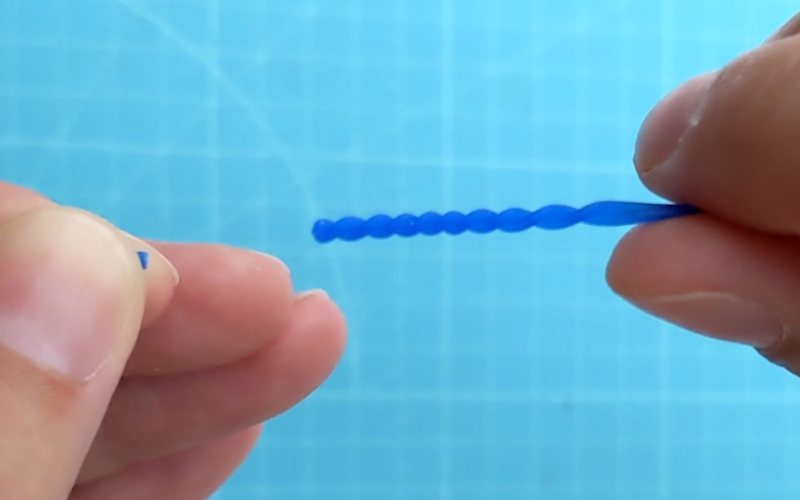
Instead of twisting a whole length of wire in one go, twist small sections at a time. This way you don’t overwork any part and you end up with a long twisted wire!
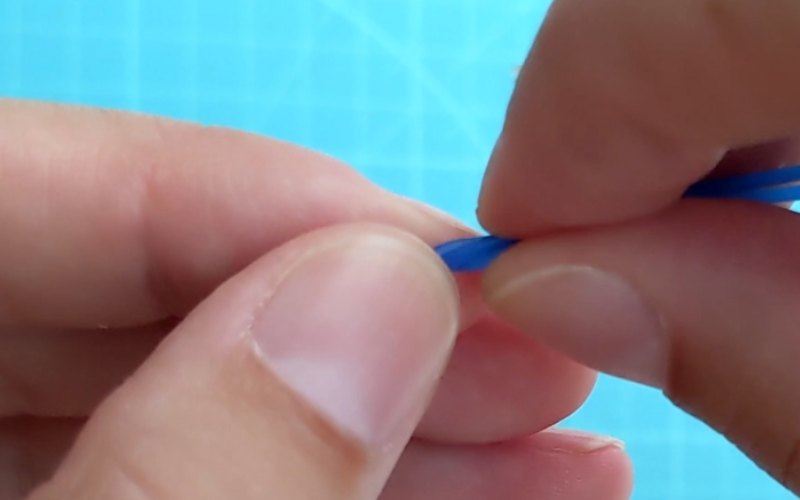
Don’t look at the wire as a whole, or think of the piece you’re making as a whole. Mentally divide it into sections and work each section separately. No section of wire gets overworked to the point of breaking this way. And when you’re done working on your small sections the whole piece is done!
Push don’t pull
When you’re shaping wire it feels very natural to pull on it to get in the shape you want. Just a little tug on the end to get your curve nicer, a knot tighter, a twist twistier. But it’s actually better to push wire instead of pulling it! Pulling on wire makes it lose its tension and snap, but this doesn’t happen when you push it. It takes some getting used to, but it’s easier in the long run since you won’t break so much wire.
The easiest example is a knot. Any time you make a knot in your day to day life, you pull on the ends of the string, shoelace, bag handles, etc., to make the knot tighter. But when you pull on the ends of a wax wire knot, the knot doesn’t become tighter after a certain point, and the wire breaks.
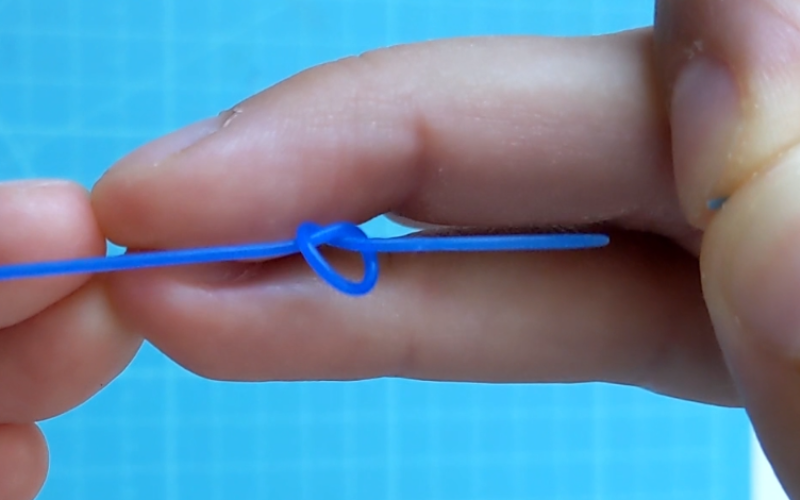
Now if you push the wire into the knot, you can get it as tight as you like. You don’t get it pushed into the knot in one go.
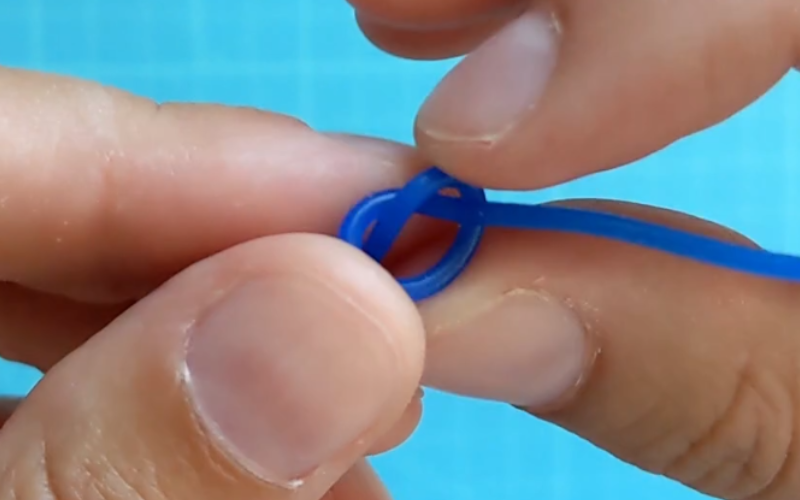
You just keep pushing the wire little bits, until you have the knot as tight as you want.
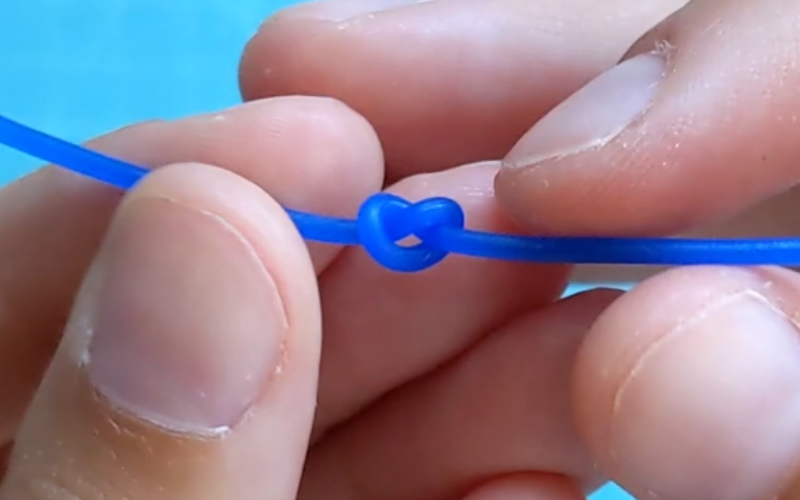
Anytime you notice yourself pulling on wire to shape it, find a way to push it instead!
Pre round
Sometimes your wire kinks instead of forming a curve, or it doesn’t want to hold the shape you’re trying to give it.
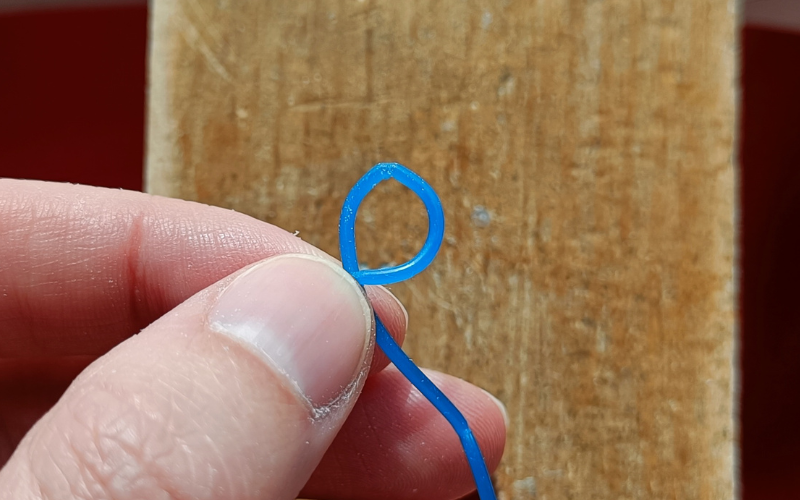
When that happens, try pre rounding your next wire. Nothing fancy or precise is needed, you can just wrap it loosely around a pen.
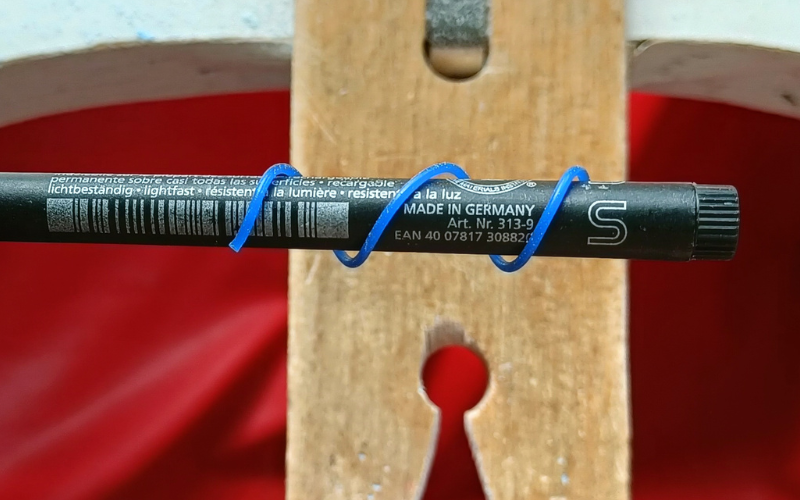
It’s much easier to shape wire around an object. It has something to follow so it can’t get misshapen along the way (unless you pull on it too hard of course). But you don’t always want to follow an object, it’s so much fun to shape wire freehand as well! And that’s where pre rounding comes in.
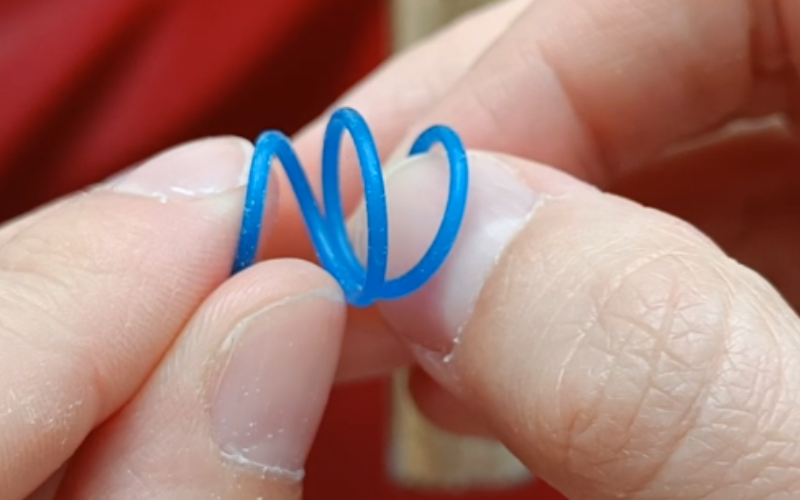
By pre rounding, the wire is formed safely around an object. And now you can push and manipulate it into the actual shape that you want! By just giving it a slight curve first your wire can keep the shape you’re going to give it easier!
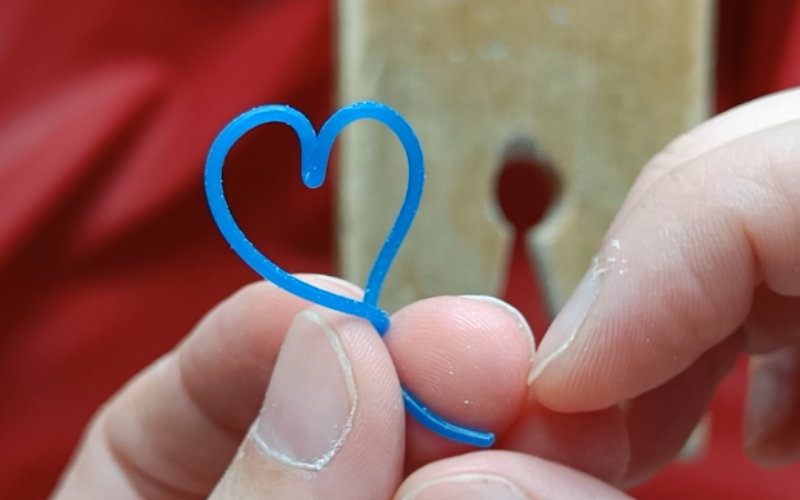
Melting
Melting pieces of wire together is something you definitely want to try a few times. Because it’s soft it melts very quickly. But because of that it also loses its shape quickly. The chances of ending up with a blob of wax where you melt 2 pieces together, or the melted part breaking off are very big.
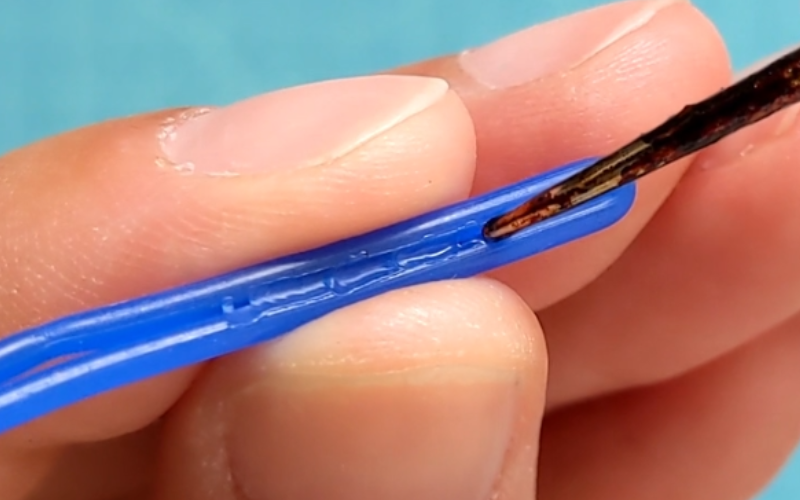
You want to use a very low heat setting on your wax pen when you do this. It melts slower and you have more control that way. When your 2 pieces are together you have to let it rest. It’s very tempting to touch the part you just melted together but chances are that you break the melted part that way.
Don’t touch it for at least a minute and let the wire cool down. By letting it rest the melted part can get its strength back and it won’t break so easily.
Comment below and let me know if these tips were helpful!